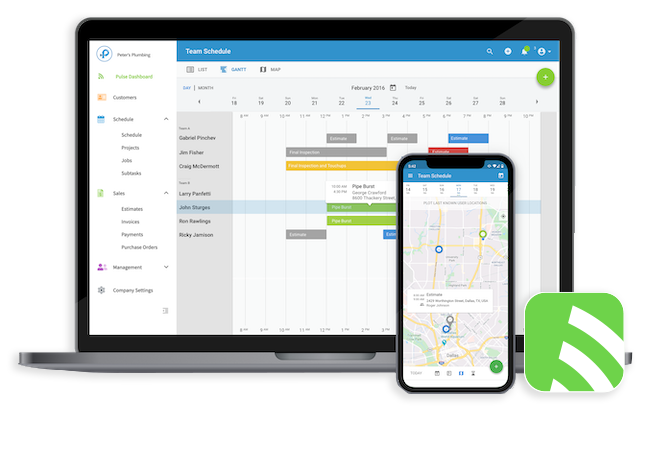Your service pages are the most important page of your website behind the home page. This is where you get to tell your customers not only what you can do for them, but also why they should trust you. Try to make one large page that contains related services instead of a bunch of small pages.
For examples: your Air Conditioning page can talk about new AC unit installations, repairs, emergency services, and maintenance. Or you could create separate pages for Repairs, Installs, and Maintenance and talk about how each of those services is related to water heaters, ac units, etc.
Here are some examples of service page topics:
If you’re trying to rank for a certain location(s), the best way to work that in is through your meta data and H1’s naturally within your page content.
Creating a separate page for each location or having a gigantic list of all the locations you serve can be seen as a spammy tactic by Google. Naturally working your keywords in is just as effective and will actually save you a lot of time! If you’re unsure what an H1, or meta data is, don’t stress, we’re about to explain!
An H1 is also known as a “Heading 1”. This is an important factor for SEO. It essentially works as the title of your page.
Try to pick a keyword that is the most relevant to the page. This is also a great place to work in your primary target location if your business is localized. Google bots read like Americans do, from the top to bottom and left to right. With that knowledge, it makes sense that Google will place more importance on headings and content that is closer to the top of the page and on the left.
You should only have one H1 per page. You can also use H2s-H6s to help establish a clean outline to your content.
You should only have one H1 per page. You can also use H2s-H6s to help establish a clean outline to your content.
In the example above, Google cut off ‘WATER HEATER REPAIR’ so people viewing the results can’t see it. An easy way to fix this would be to prioritize the keywords you want to rank for first and then if you have room, at the end, you can add your business name.
Odds are good you will rank for the name of your business pretty easily, so really the only places where you need the business name in the page title are the home page, location pages, contact pages and review pages if you have them.
The screenshot above is an excellent example of a title tag. They were able to fit two relevant keywords in, separated by a dash, and still had enough room to add their business name. Also, their title tag is still fully visible in a SERP.
This company did a great job of working their target location into their title tag. Again, they used relevant keywords for the page to sandwich their target location, but it’s still short enough to fit the entire title in the search result.
PRO-TIP: Users don’t usually search using full sentences. So, while you might be tempted to write PLUMBING REPAIR IN DALLAS, users will most likely be searching for PLUMBING REPAIR DALLAS.
Your meta description doesn’t directly factor into whether your website will rank, but it can be used to grab searchers’ attention. That means, the primary goal of your meta description should be to ensure users choose to click your link instead of the other results present on the page. The better your click through rate, the better your rankings.
Ideally, meta descriptions should be between 139-158 characters. If you go over (not that you should with a meta description as it won’t benefit you or your readers), Google will use an ellipses just like the title as seen in the example below.
When creating a link, the website name should be organized similarly to your navigation structure.
So, URLs should be organized like so:
As can be seen above, we used our keyword ‘drain cleaning’ in the URL to help Google understand our page is about drain cleaning.




